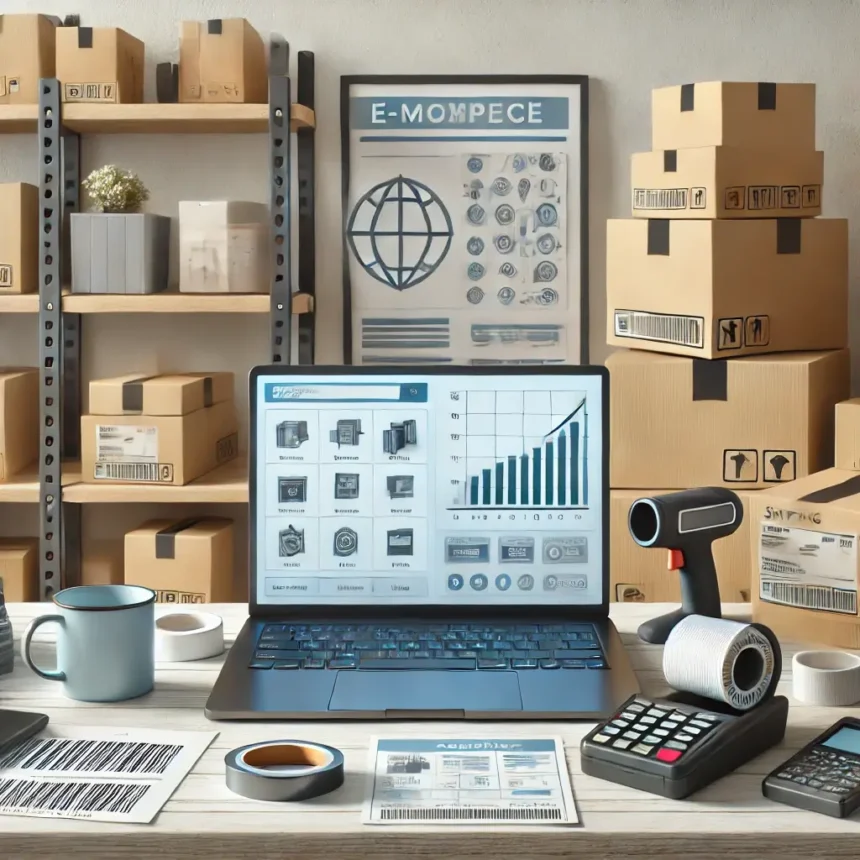Introduction
Becoming a Flipkart seller can open up vast opportunities for online business growth in India. Whether you have a small local business or a large-scale operation, Flipkart offers a convenient platform to reach millions of potential customers. This article will guide you through the essentials of becoming a Flipkart seller, ensuring you have all the information you need to kickstart your online selling journey.
Why Choose Flipkart to Sell Your Products?
Flipkart has emerged as one of India’s leading e-commerce platforms. The reasons are numerous: it offers a user-friendly interface, has a massive customer base, and provides multiple seller tools for seamless operations. If you’re considering selling online, becoming a Flipkart seller is a wise decision due to these advantages:
- Large Customer Base: Flipkart’s platform allows sellers to tap into a vast market.
- User-Friendly Seller Tools: These tools help you quickly manage your inventory, sales, and promotions.
- Secure Payment System: Flipkart’s highly secure payment gateway gives you and your customers peace of mind.
How to Become a Flipkart Seller?
- Register as a Seller: Visit the official Flipkart Seller Hub. Fill out the registration form with details such as name, business type, and G.S.T.I.N. number. Once submitted, you will receive an OTP for verification on your registered mobile number.
- Complete the KYC Process: Upload documents like P.A.N. Card, Aadhaar Card, business registration, and bank details. This process is vital to verifying your identity and establishing your Flipkart business.
- List Your Products: After completing registration, start listing your products. Make sure to provide detailed descriptions, high-quality images, and accurate pricing.
- Go Live: Once you have listed your products, they will be available for customers to purchase on Flipkart.
Essential Requirements for Becoming a Flipkart Seller
To be a successful Flipkart seller, you need to meet specific requirements:
- G.S.T.I.N. Number: This is mandatory for any seller who wants to sell on Flipkart.
- Bank Account: You must have a business bank account to receive payments.
- Business Documentation: Required documents include a P.A.N. Card, an Aadhaar Card, and business registration documents.
Tips to Optimize Your Product Listings
- High-Quality Images: Use clear and professional images for your products.
- Detailed Descriptions: Write concise, informative descriptions that highlight key features.
- Competitive Pricing: Research similar products to set a competitive price point.
Shipping and Delivery: What You Need to Know
Flipkart has an extensive logistics network that makes shipping hassle-free for sellers. As a Flipkart seller, you can opt for the Flipkart Fulfillment service, where Flipkart manages your products’ storage, packaging, and delivery. Alternatively, you can handle the shipping process yourself.
- Flipkart Fulfillment: This is ideal for sellers who want to focus on sales without worrying about logistics.
- Self-Shipping: You can ship your products using your preferred courier services.
Payment Process for Flipkart Sellers
Once you start making sales on Flipkart, payments will be processed through Flipkart’s secure payment gateway. The money will be credited to your registered bank account within 7-15 days after the product is delivered to the customer.
Managing Orders and Inventory on Flipkart
Flipkart’s Seller Hub provides an easy way to manage your orders and inventory. From a single dashboard, you can track the status of your orders, update stock levels, and manage returns. As a Flipkart seller, updating your inventory is crucial for maintaining customer satisfaction and ensuring smooth operations.
Promotions and Advertising for Flipkart Sellers
Promotions are a great way to boost your sales on Flipkart. The platform offers various advertising options, including sponsored listings, to help your products stand out. Investing in promotions can increase your product’s visibility and attract more customers.
Common Challenges Faced by Flipkart Sellers
- High Competition: Flipkart is a popular marketplace, leading to stiff competition among sellers.
- Managing Inventory: Keeping track of stock levels can be challenging, mainly if you handle a wide range of products.
- Customer Service: Timely responses and handling returns can be demanding but are essential for maintaining a good seller rating.
Solutions to Overcome Common Seller Challenges
- Competitive Analysis: Study your competitors and offer unique value propositions.
- Use Seller Tools: Utilize Flipkart’s inventory management tools to keep track of stock levels efficiently.
- Focus on Customer Service: Quick responses and good service can set you apart from competitors.
FAQs
Q1: What is the commission fee for Flipkart sellers?
A: The commission varies depending on the product category and is usually a percentage of the selling price.
Q2: How does Flipkart handle product returns?
A: Flipkart has a customer-friendly return policy. As a seller, it would help if you handled returns according to the platform’s guidelines.
Q3: Can I sell on Flipkart without a G.S.T.I.N.?
A: No, having a G.S.T.I.N. is mandatory for selling on Flipkart.
Q4: How often does Flipkart release payments to sellers?
A: Payments are usually credited to the seller’s bank account within 7-15 days after the product is delivered.
Q5: Is there a limit on the number of products I can list on Flipkart?
A: No, there is no limit. You can list as many products as possible, provided they meet Flipkart’s listing criteria.
Conclusion
Becoming a Flipkart seller opens up new opportunities for businesses of all sizes. From easy registration to a broad customer base, Flipkart provides an excellent platform for online selling. You can establish a successful business on Flipkart by understanding the requirements, optimizing your product listings, and leveraging promotions. So, start your journey today and make the most of Flipkart’s offerings!








